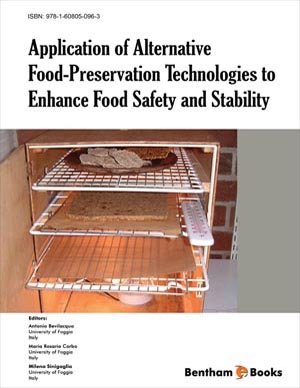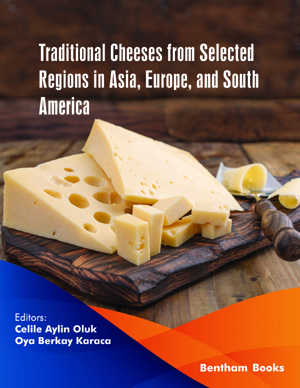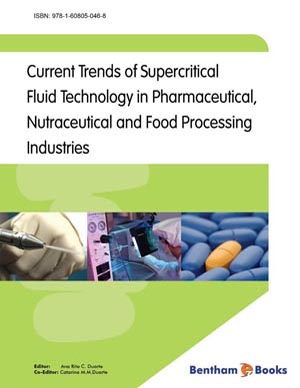Abstract
Currently, Breast cancer is the leading cause of cancer mortality in women in U.S. and accounts for a high proportion of new cancer cases in this population. Cancer chemoprevention is a new approach in cancer prevention, in which chemical agents derived from the natural and synthetic source are used in nontoxic concentrations to prevent cancer in normal and/or high-risk populations. To date, numerous cancer preventive agents derived from natural products have been evaluated for their cancer chemopreventive potential. The cancer chemopreventive agents have been isolated from natural sources and/or synthesized and evaluated for their efficacy in a variety of biological assays. As a part of our cancer chemopreventive program spanning more than three decades, we established and utilized a mouse mammary gland organ culture model (MMOC) as a preliminary screening bioassay. This assay was used to evaluate natural-based compounds or their synthetic analogs. Mammary glands respond to growth-promoting hormones, and the physiological differentiation can be reproduced in MMOC. The estrogen and progesterone-dependent mammary ductal lesions (MDL) can be induced in response to a 24-hour exposure to DMBA in MMOC. In order to evaluate the efficacy, we analyze the suppression in the incidence and multiplicity of the lesions. Suppression of the incidence and multiplicity of these lesions by a possible chemopreventive agent can serve as a tool to evaluate the efficacy of potential experimental agents. Using this approach, we have evaluated more than seventy natural product-derived and synthetic chemopreventive agents as a part of the National Cancer Institute-supported projects. It may be worth mentioning that a substantial number of these chemopreventive agents having significant activity in this assay also showed encouraging results in vivo experimental studies. This bioassay not only provided a valuable tool for screening cancer chemopreventive agents for breast cancer prevention but also helped in understanding molecular mechanism(s) of action. In this comprehensive review, we provide a complete list of chemopreventive agents evaluated for efficacy against the development of mammary ductal lesions (MDL) in MMOC, along with the recent developments in in vivo mammary carcinogenesis.



















